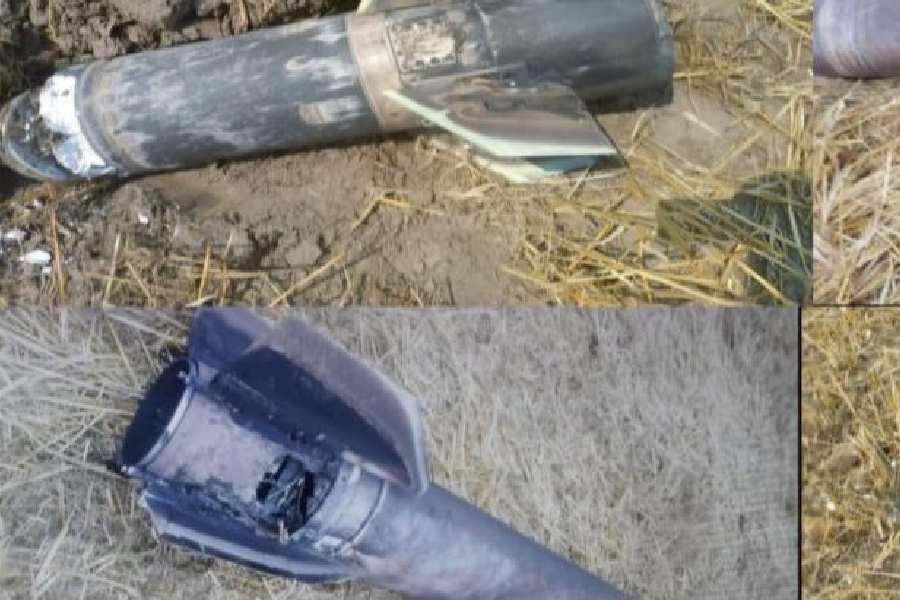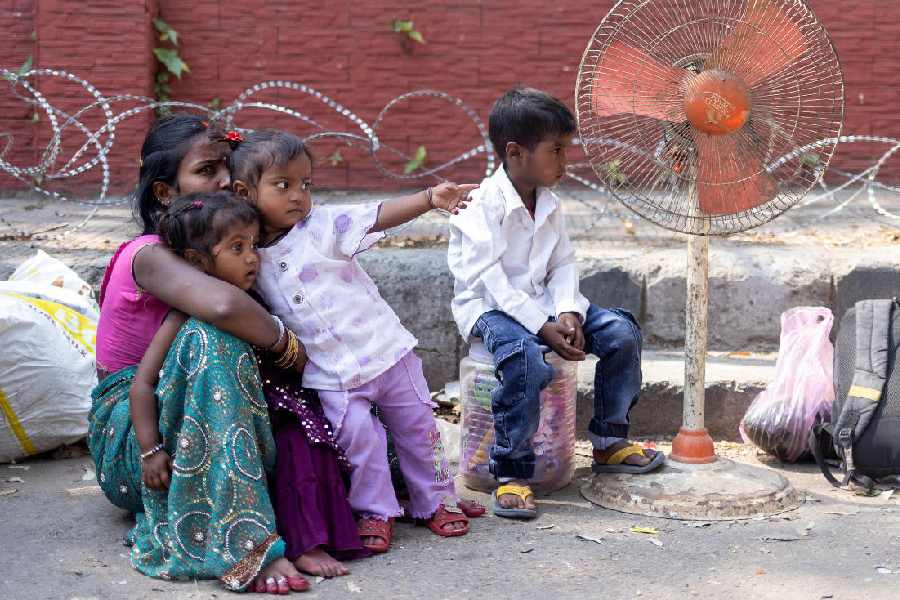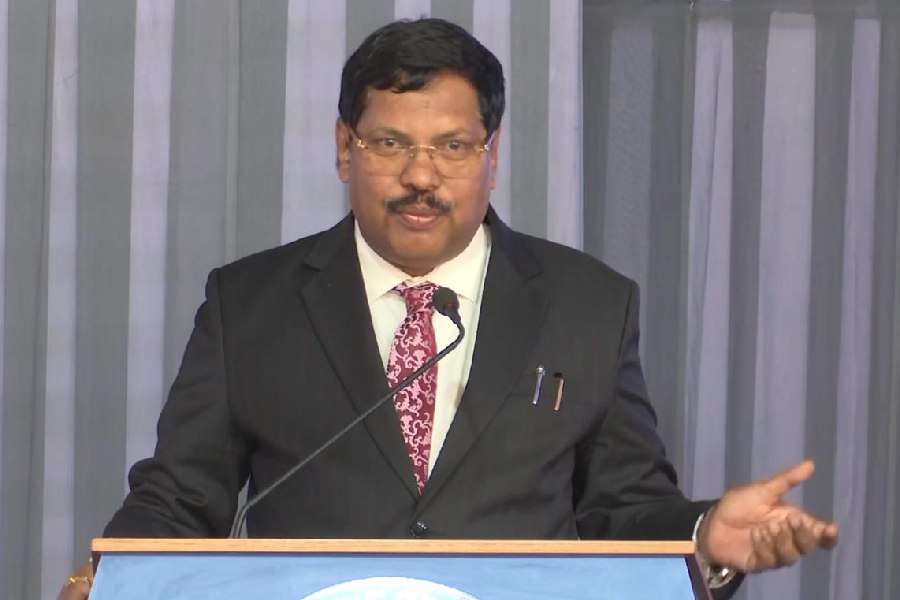Panaji, Aug. 16: While the rest of the country is up in arms over the high levels of pesticides in their soft drinks, residents of Goa have to contend with mining waste in their drinking water.
The state has faced this problem for some time because mining activity continues close to the Salaulim dam that provides drinking water to most of south Goa.
The Salaulim and Netravali rivers feed the Salaulim catchment and have their source in the Tudvo and Verlem mountains which form part of the Netravali area, famous for its wildlife.
Mining activity has been continuing in these areas, with mining waste being dumped on the mountain slopes. Villagers affected by this say authorities are doing nothing to curb mining activity.
The mining waste is carried into the Salaulim reservoir by the overflowing streams and rivulets during monsoon. The waste is visible in the catchment area when water levels drop before the onset of the monsoon.
A mining company operating at the southern side of the reservoir near Curpem has been seen dumping mining rejects directly into the catchment area.
Besides polluting the dam waters, this has also caused heavy silting. This has led to a rise in water level, causing floods in Curpem.
Making matters worse is the large new dam built at Salaulim during the 1970s that has submerged a dam built during Portuguese rule as well as adjoining fertile land.
The Salaulim dam, meant to be post-colonial Goa’s irrigation showpiece, was to have cost Rs10 crore, but eventually cost 10 times more and took over 10 years to be constructed.
Officials say the longevity of the dam, estimated at 100 years, could sharply reduce due to silting. Manganese mining as well as blasting and excavations for open-cast iron ore in the area could affect the dam.
According to recent figures, the dam pumps out about 165 million litres a day for industrial and domestic use and for irrigating around 2,700 hectares.
Goa University scientist Nandkumar Kamat says manganese in drinking water could damage the brain, liver and the kidney.
Officials here are not sure how many leases have been granted in the area, but reports suggest four have been given out in catchment areas at Curpem, with more granted at Curdi.
Locals say illegal mining activity is also taking place in the villages of Tudvo, Verlem and Salgini, which fall under the Neturlim reserved zone. Mining waste is being dumped into rivulets flow into the Netravali and Salaulim, causing additional siltation.
In recent years, the Goa bench of Bombay High Court has come down heavily on mining firms with a dubious ecological records.
Green advocate Norma Alvares says villagers from Advai, Sonshi and Kushavati have taken up cudgels against mining companies. Following their complaints, state officials, including the local collector, recently visited the hamlet of Mushcaurem to take a first-hand look at the problem.









